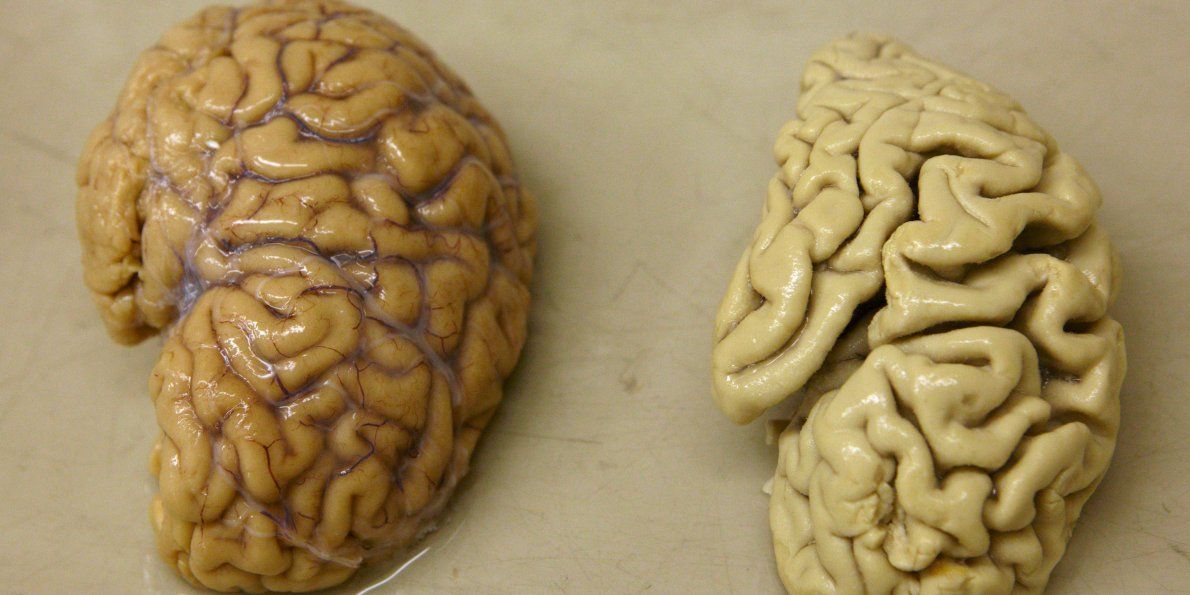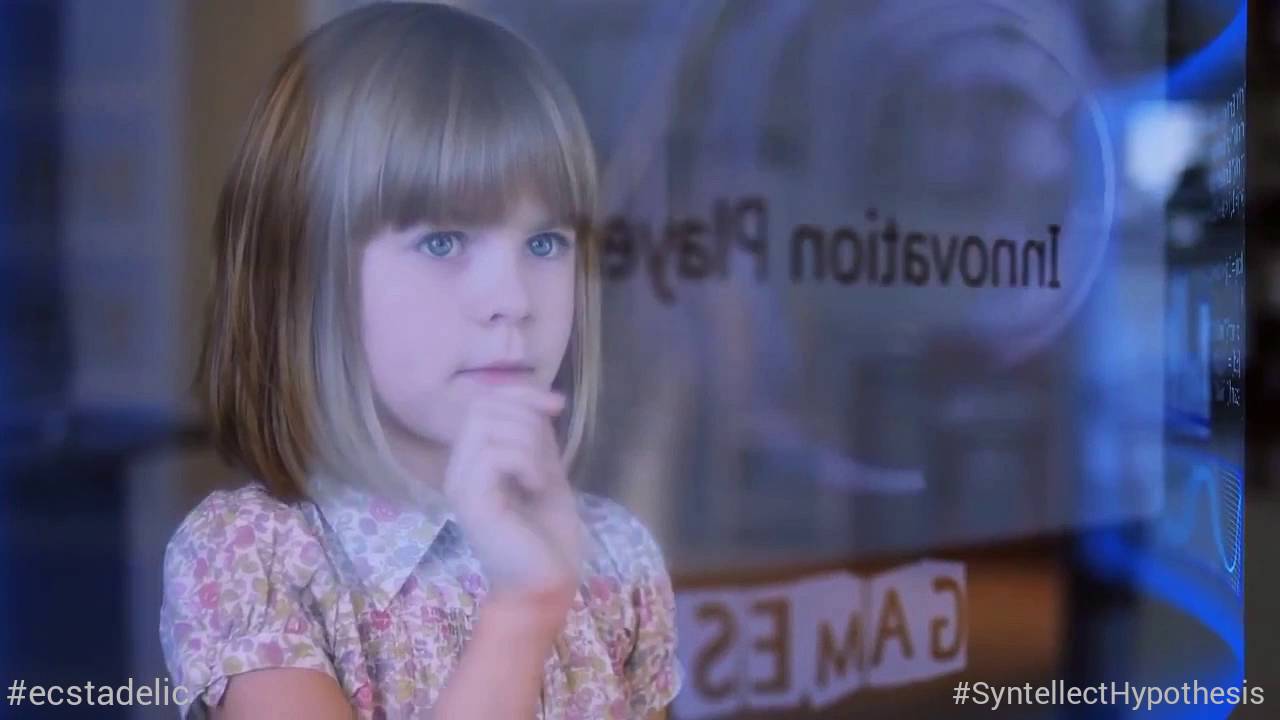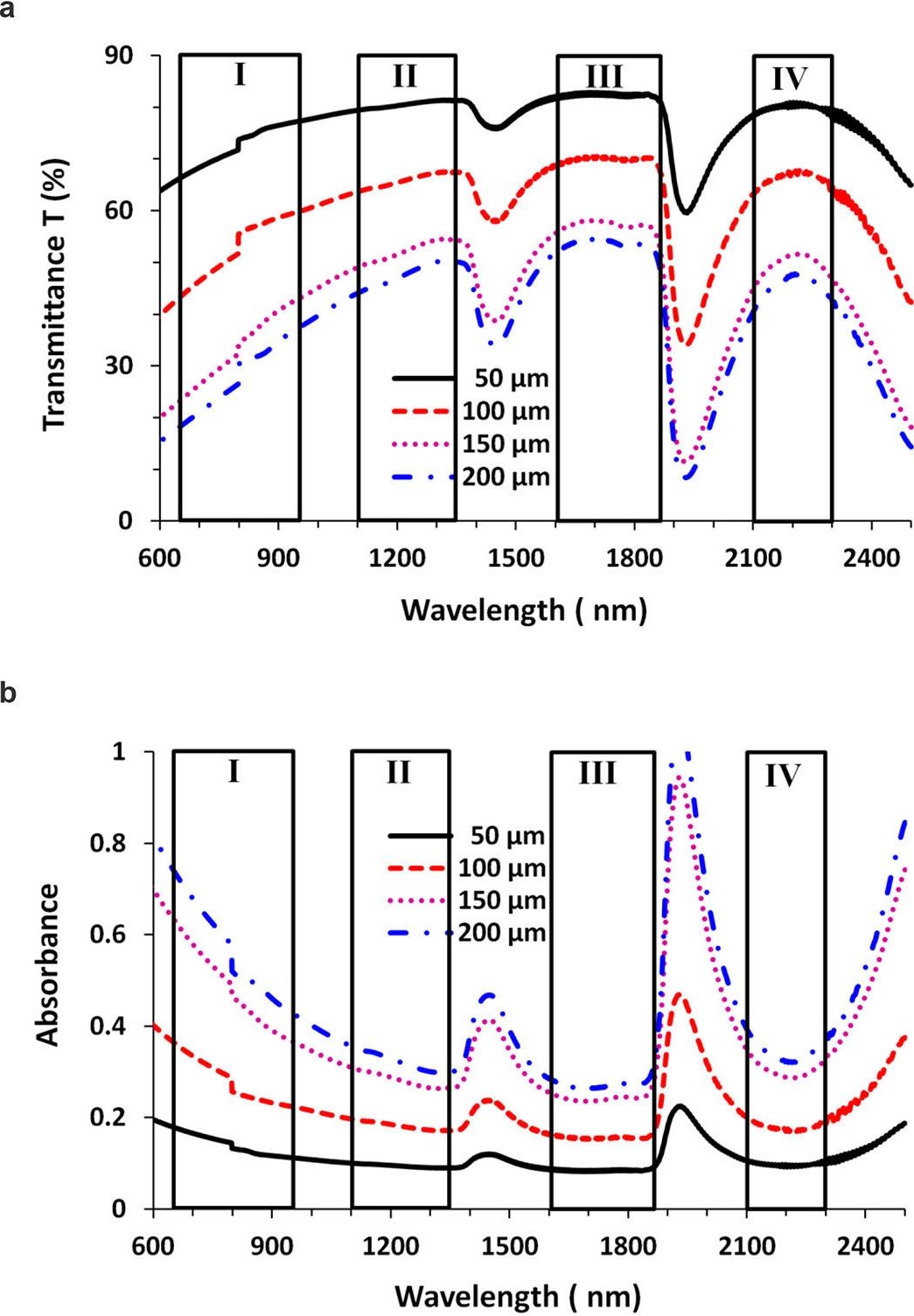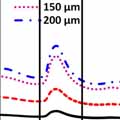This is the only way out of the trap this universe puts on your brain.




Edwin E Klingman, [email protected]
PO Box 3000, San Gregorio CA 94074
Abstract.
Because every physical theory assumes something, that basic assumption will determine what is ultimately possible in that physics. The assumed thing itself will likely be unexplained. This essay will assume one thing, a primordial field, to explain current physics and its many current mysteries. The derivation of physics from this entity is surprisingly straightforward and amazingly broad in its implications.

I am not surprised at all by this finding given the other issues with pollution such as cancer from carcinogens, asthma, sinus infections, etc.
Air pollution is a known culprit in lung and heart disease. Fine particulate matter, tiny particles, 1/30th the width of a human hair, are released into the air by power plants, factories, cars and trucks. These fine particles somehow invade the body’s defenses and do the most damage. Air quality is worst in urban areas with increased traffic. New research points out that air pollution negatively affects brain and cognitive development in young children and teenagers.
Moreover, Jennifer Weuve, an assistant professor of internal medicine at Rush Medical College, found that older women who had been exposed to high levels of the pollution experienced greater cognitive decline compared with other women their age (Archives of Internal Medicine, 2012). Other studies cite black carbon in the form of soot as a cause of cognitive decline in an aging population for both men and women. Simply put: Dirty air messes up the brain.
In a new study conducted by a research team at Umeå University in Sweden, the correlation between exposure to air pollution in residential areas and children’ and adolescents’ psychiatric health was studied. The results show that air pollution increased the need for prescribed psychiatric medication for a mental illness. “The results can mean that a decreased concentration of air pollution, first and foremost traffic-related air pollution, may reduce psychiatric disorders in children and adolescents,” says lead researcher Anna Oudin, the Unit for Occupational and Environmental Medicine at the Department of Public Health and Clinical Medicine.

How do organisms without brains make decisions? Most of life is brainless and the vast majority of organisms on Earth lack neurons altogether. Plants, fungi and bacteria must all cope with the same problem as humans — to make the best choices in a complex and ever-changing world or risk dying — without the help of a simple nervous system in many cases.
A team of researchers from New Jersey Institute of Technology (NJIT), the University of Sydney, the University of Sheffield and the University of Leeds recently studied this problem in the unicellular slime mold, Physarum polycephalum, a single-cell organism that can grow to several square meters in size. This giant cell, which typically lives in shady, cool and moist areas of temperate forests, spreads out to search its environment like an amoeba, extending oozy tendrils along the forest floor in search of its prey of fungi, bacteria and decaying vegetable matter.
Neither plant, animal nor fungus, P. polycephalum has become an unlikely candidate for studies of cognition, due to its spectacular problem-solving abilities. In recent studies, Physarum has been shown to solve labyrinth mazes, make complicated trade-offs, anticipate periodic events, remember where it has been, construct transport networks that have similar efficiency to those designed by human engineers and even make irrational decisions — a capability that has long been viewed as a by-product of brain circuitry.

Very nice; researchers have now discovered a method for viewing deep brain imaging through using NIR light at wavelengths of 1600–1870nm Very big deal especially for patients with things like Giloblastoma Multiforme (GBM), and other neuro disorders and diseases.
I remember when my two aunts suffered from GBM, and many doctors could not get iimaging view in some areas of my aunts brains which would have been beneficial in understanding how ingrain the GBM was in their brain cells. So, hopefully this finding will help others in getting better answers to diseases like GBM and in turn better treatment as well developed.
Near-IR light at wavelengths of 1600–1870nm offers the best transmittance for deep brain imaging.

One of the major goals in neuroscience is to image the structure of the brain at cellular resolution. However, achieving deep brain tissue imaging has posed a significant challenge because of technical limitations in accessing wavelengths beyond 950nm. Recently, the availability of new technologies, such as suitable near-infrared (NIR) detectors and femtosecond laser sources, offer great potential for deep brain imaging. Now, we have discovered a ‘ golden window’ that uses NIR light at wavelengths of 1600–1870nm, which offers the optimal transmittance for deep brain imaging. 1, 2.

For those who missed my 2014 review of E.O. Wilson’s book, “The Meaning of Human Existence.”
With a title as audacious as “The Meaning of Human Existence,” even a casual reader couldn’t be faulted for expecting a veritable Rosetta Stone to the cosmos and life as we know it. But in his latest book, Edward O. Wilson offers no philosophically-satisfying answers to this age-old “existence” question. And maybe that’s his point.
After all, the ability to ponder our own existence is at once a blessing and a curse. Neither sharks nor swallows seem to worry about too much more than their next meal. Yet in fifteen chapters, Wilson — a renowned biologist, naturalist, author and Harvard University professor emeritus, strips humanity of its soul.
Wilson is steadfastly averse to spiritual intangibles; somewhat skeptical about ever fully understanding consciousness, yet overly sanguine about cosmology’s progress in understanding the nature of the universe. He also spends a significant portion of the book trashing organized religion in ways that — in this atheistic age at least — seem both arbitrary and predictable.


Too funny; 2 days ago the article was that Musk feared the future of Singularity and Cyborgs; now he believes that we should become cyborgs. Musk needs to make his mind up; however, I am beginning to wonder about him.
Related: Elon Musk thinks we’re basically living in the Matrix, and we should be glad about it
This week, in a conversation at Recode’s annual Code Conference, Musk shared a tentative idea for something called “neural laces,” which he imagines could mitigate the risk of humanity becoming something of a pet to superintelligence.
“The solution that seems maybe the best one is to have an AI layer,” he said. “So think, if you have your limbic system, your cortex, and then a digital layer — sort of a third layer, above the cortex — that could work well and symbiotically with you. Just as your cortex works symbiotically with your limbic system, this digital layer would work symbiotically with the rest of you.”